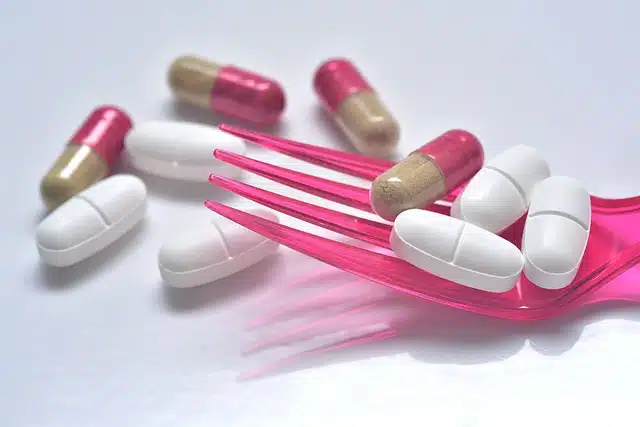
Pharmacodynamics studies the effects of drugs.
Pharmacodynamics is the study of the effect that drugs generate on people's bodies . Also mentioned as pharmacodynamics , it investigates the physiological and biochemical consequences that are recorded at an organic level by the action of these substances.
Overview
Among the objectives of pharmacodynamics is the description of the primary or therapeutic effects of the drug. For example, pharmacodynamics may indicate that a remedy is antipyretic (if it helps reduce fever) or anti-inflammatory (when it serves to reverse inflammation).
Other useful information provided by pharmacodynamics is linked to the side, collateral or unwanted effects of drugs. These are those derivations that, sometimes, can be harmful to health . The placebo effect , meanwhile, occurs when manifestations appear that are not directly associated with the pharmacological action.
The mechanism of action (the way it acts) and the center of activity (the site where it acts) of the drug are other issues analyzed by pharmacodynamics. It is important to clarify that the reaction caused by the remedy in the body does not depend exclusively on the characteristics of the drug itself, since various extrinsic factors such as the genetics of the subject, their general condition and their age influence it. Furthermore, the interactions that occur between different drugs also affect pharmacodynamics.
Dose
Another concept related to pharmacodynamics is dose , since the amount ingested of a given drug is a parameter that directly influences the pharmacological action it generates in the individual. Generally, if the dose administered is less than indicated, the desired effect is not produced, and if it is exceeded it can cause problems of varying severity. The specific study of the dose (or its estimation through theory) and the mode of administration of the drug is known by the name dosage , and this is framed in posology , focused on the interval between each administration .
There is a broad classification of drug doses, and below we will see the most important types:
* minimum : it is the first amount in which the effect produced by the drug can be appreciated, even if it is not ideal;
* suboptimal : as we mentioned above, if a lower dose than indicated is administered, it becomes ineffective, that is, it does not generate the desired effect or even one that can be appreciated;
* maximum : this is the highest dose that the subject can tolerate without suffering toxic effects on their body;
* therapeutic : this is between the minimum and the maximum;
* toxic : as its name suggests, it is the one that follows the maximum, since it does cause toxic effects;
* mortal : it should be avoided since it generates the death of the individual;
* lethal 50 : causes death in 50 percent of the subjects who receive it. There are some less common alternatives, which indicate percentages such as 20, 90 and 99;
* effective 50 : similar to the previous one, it generates the therapeutic effect in 50 percent of the population.

Administering the appropriate dose is essential to obtain the desired effects.
Selectivity
To study the mechanisms of action of a drug in cells, the first step is to know its selectivity . In a nutshell, it is the following two pieces of information :
* that can act on the individuals to whom it will be administered,
* in which part of the body it acts.
Low selectivity indicates that it affects various organs and tissues; the discharge is restricted to one or a few, well defined.
Pharmacokinetics
Known as pharmacokinetics , on the other hand, are the effects that the body has on a drug. Both pharmacodynamics and pharmacokinetics are important for understanding the link established between a dose of the substance and the organic response to it.
